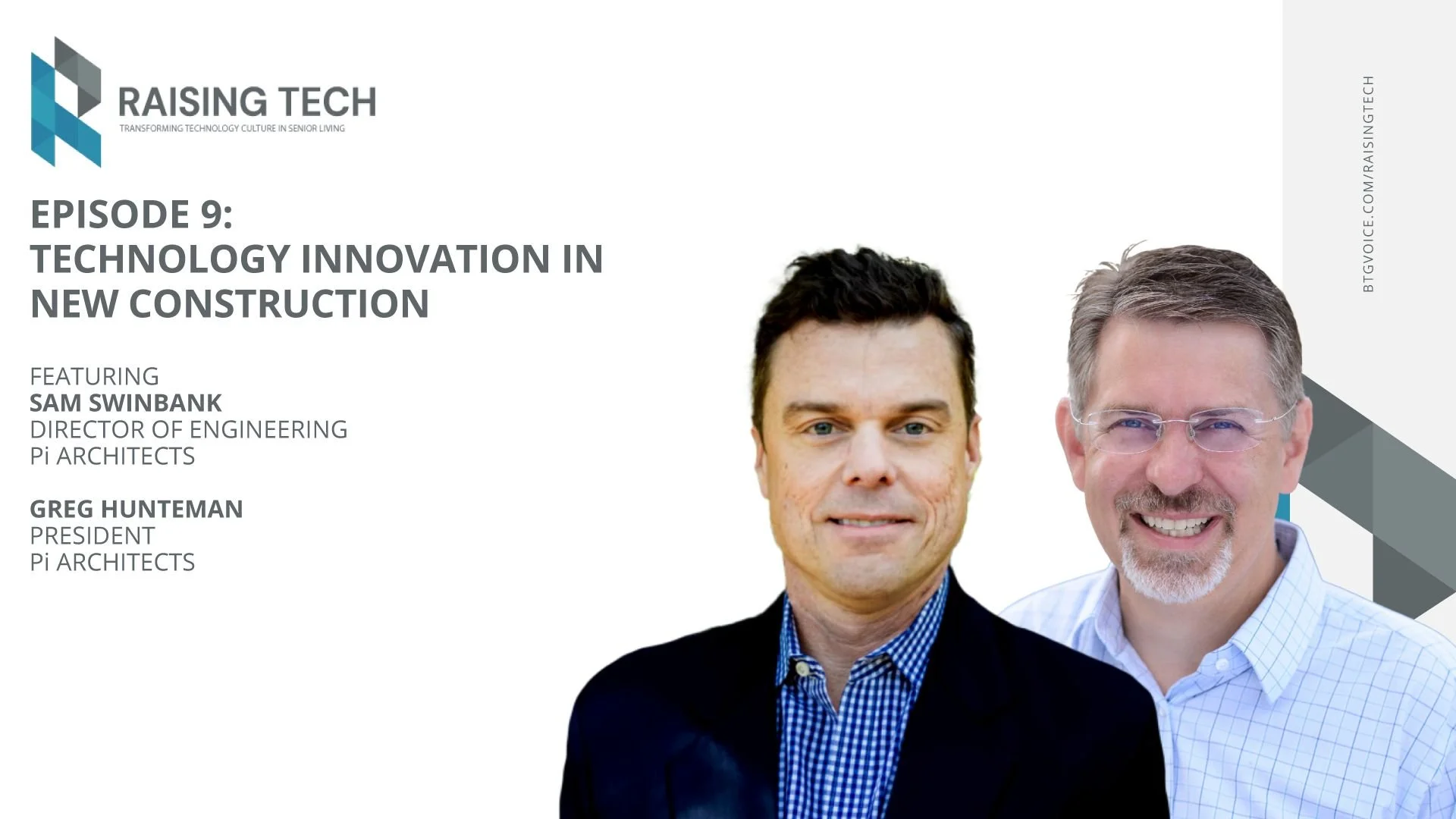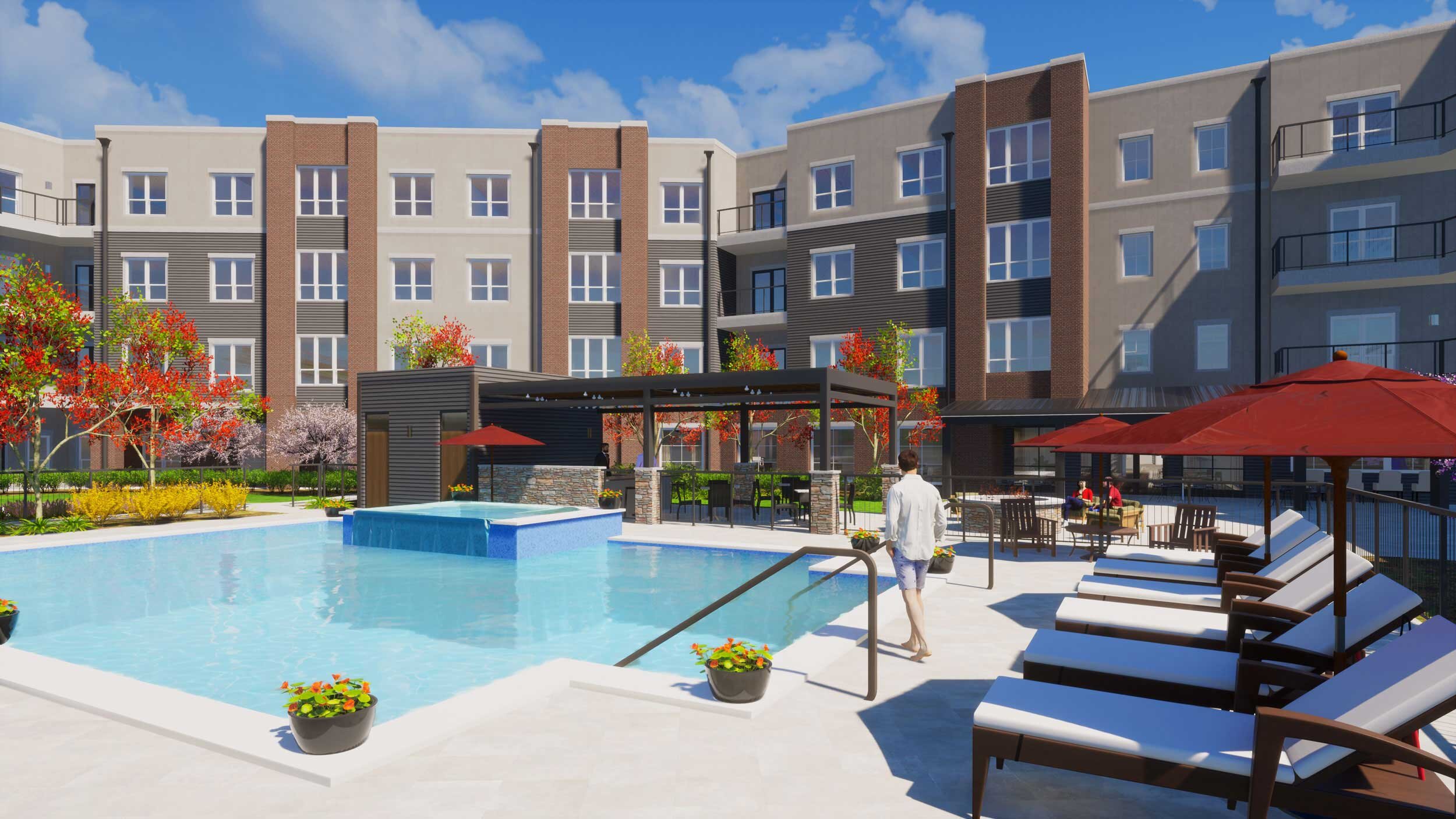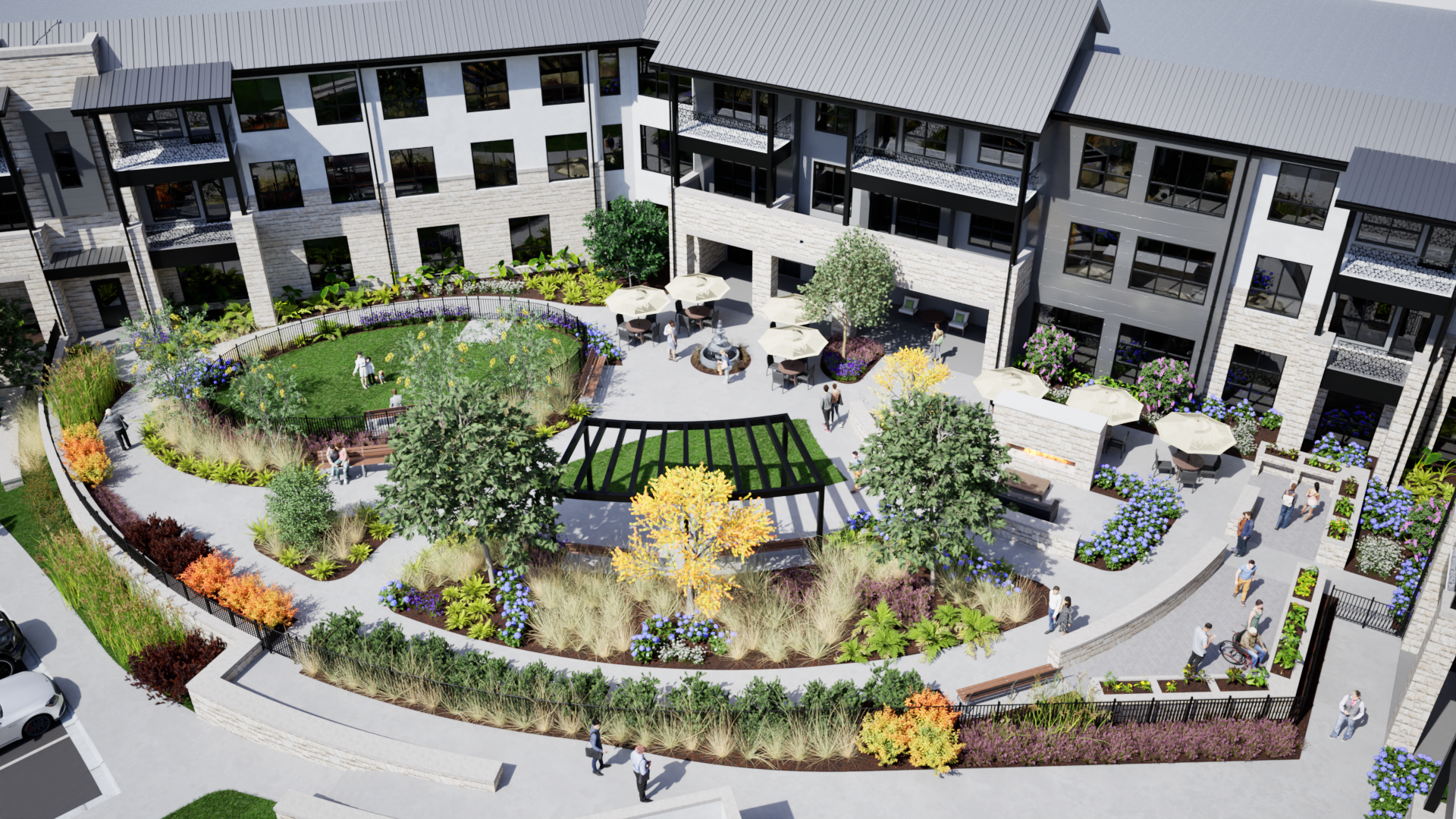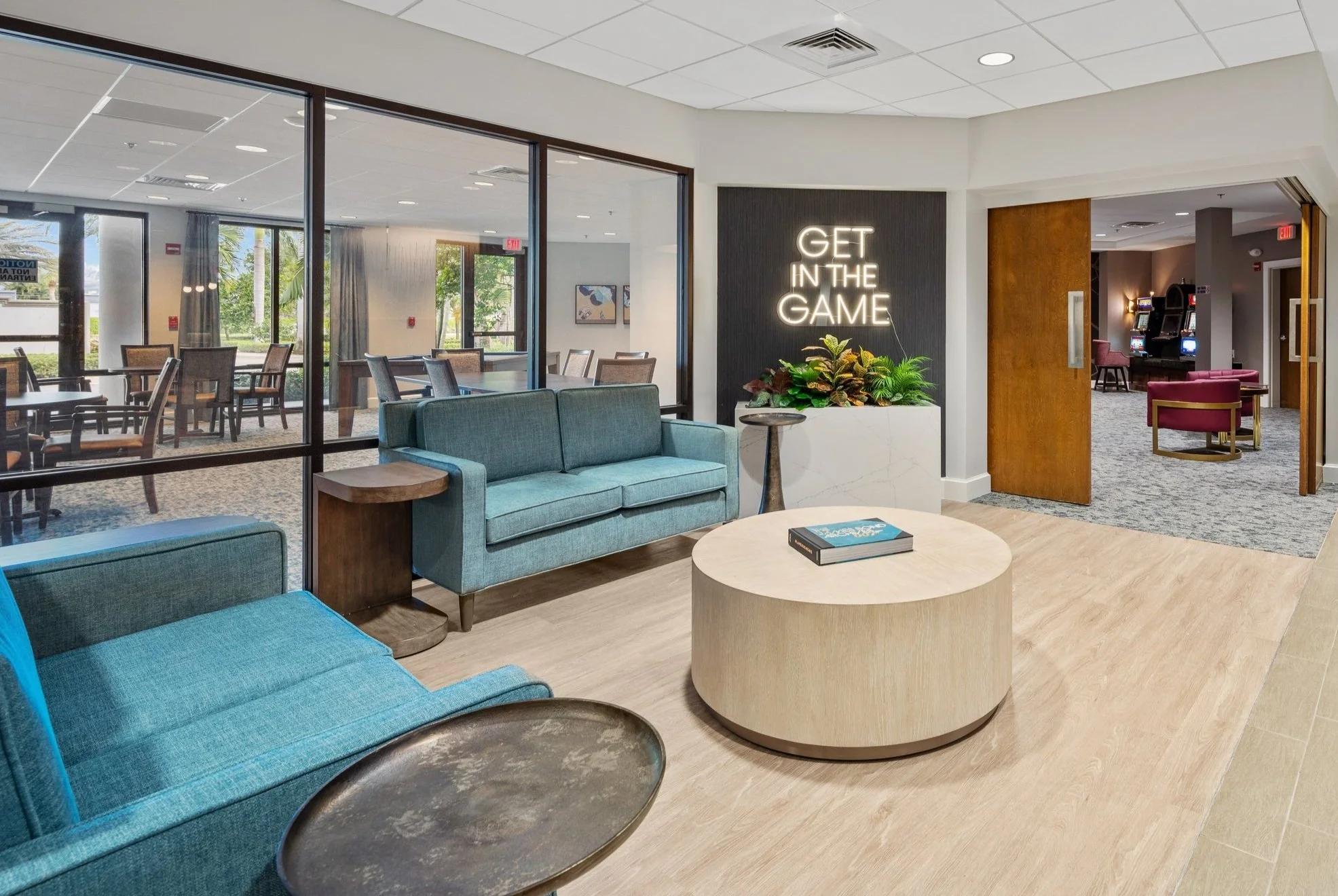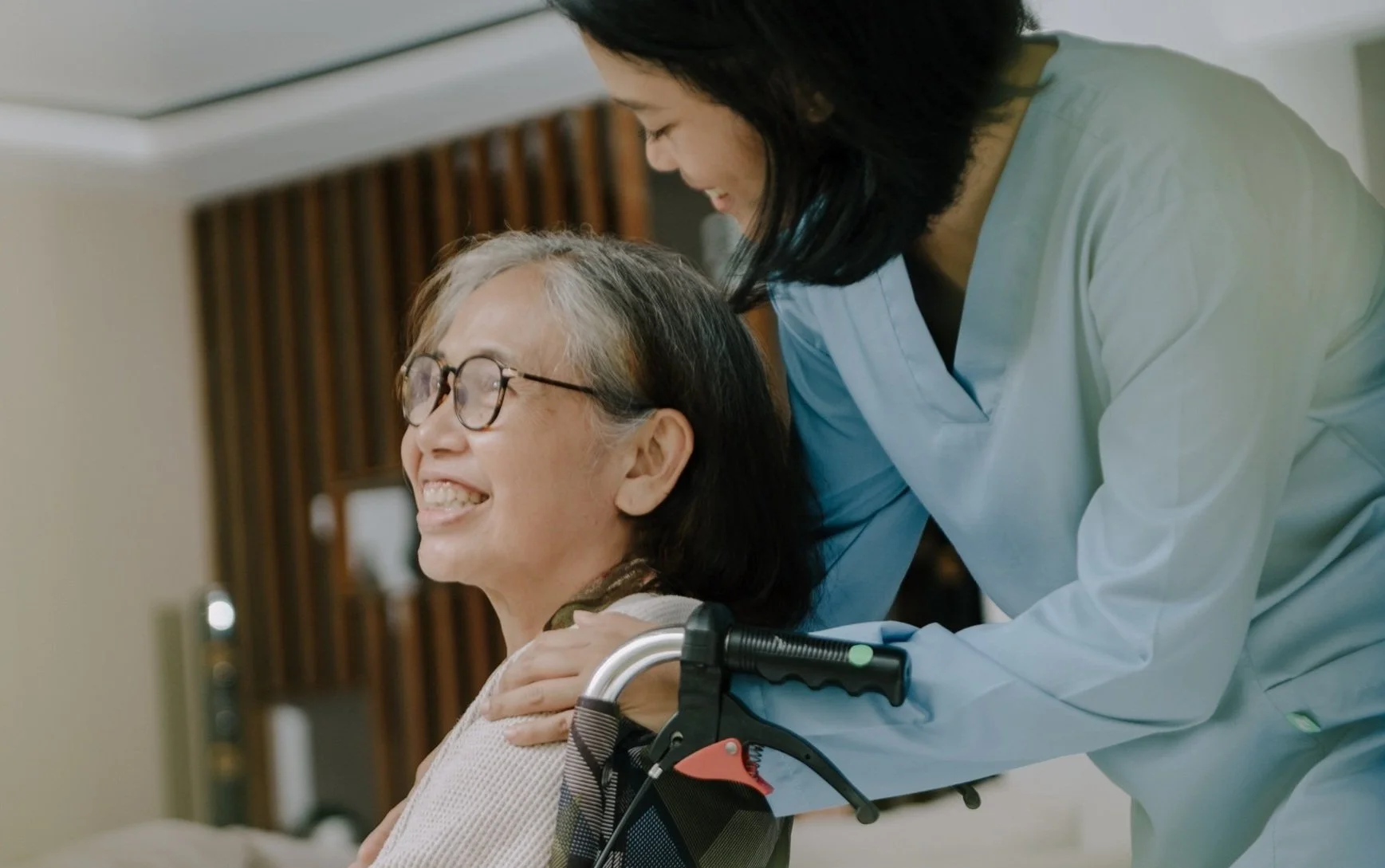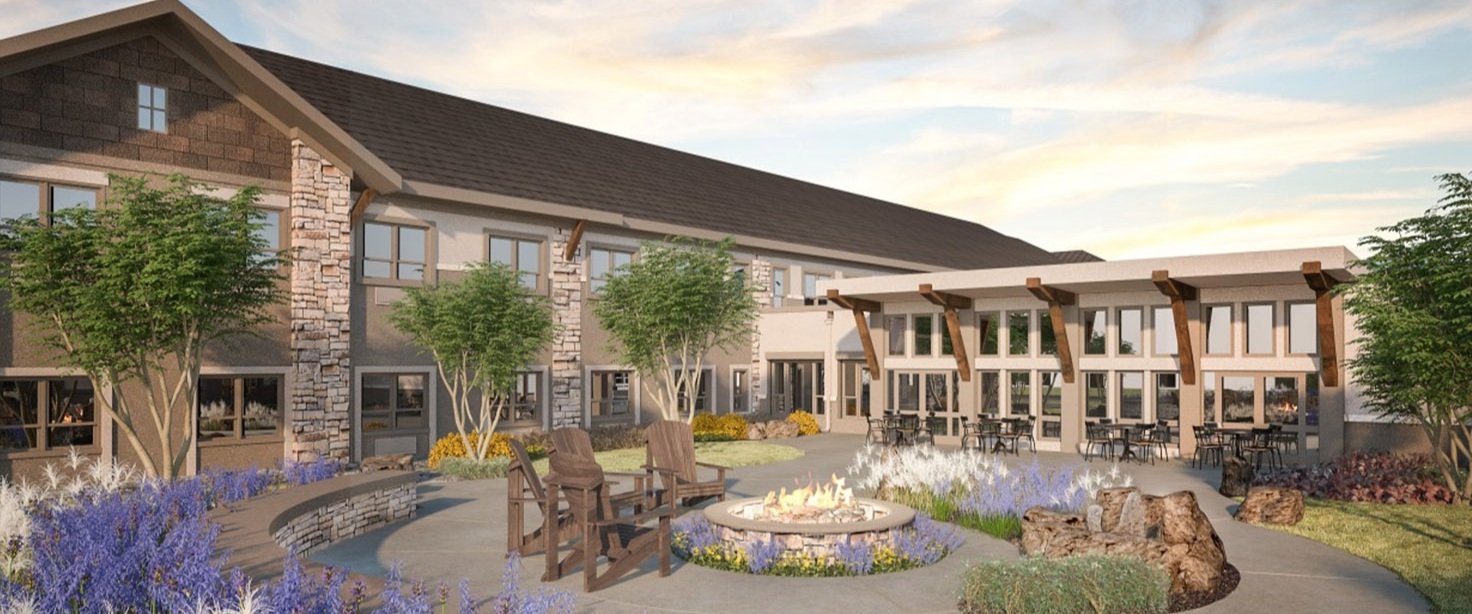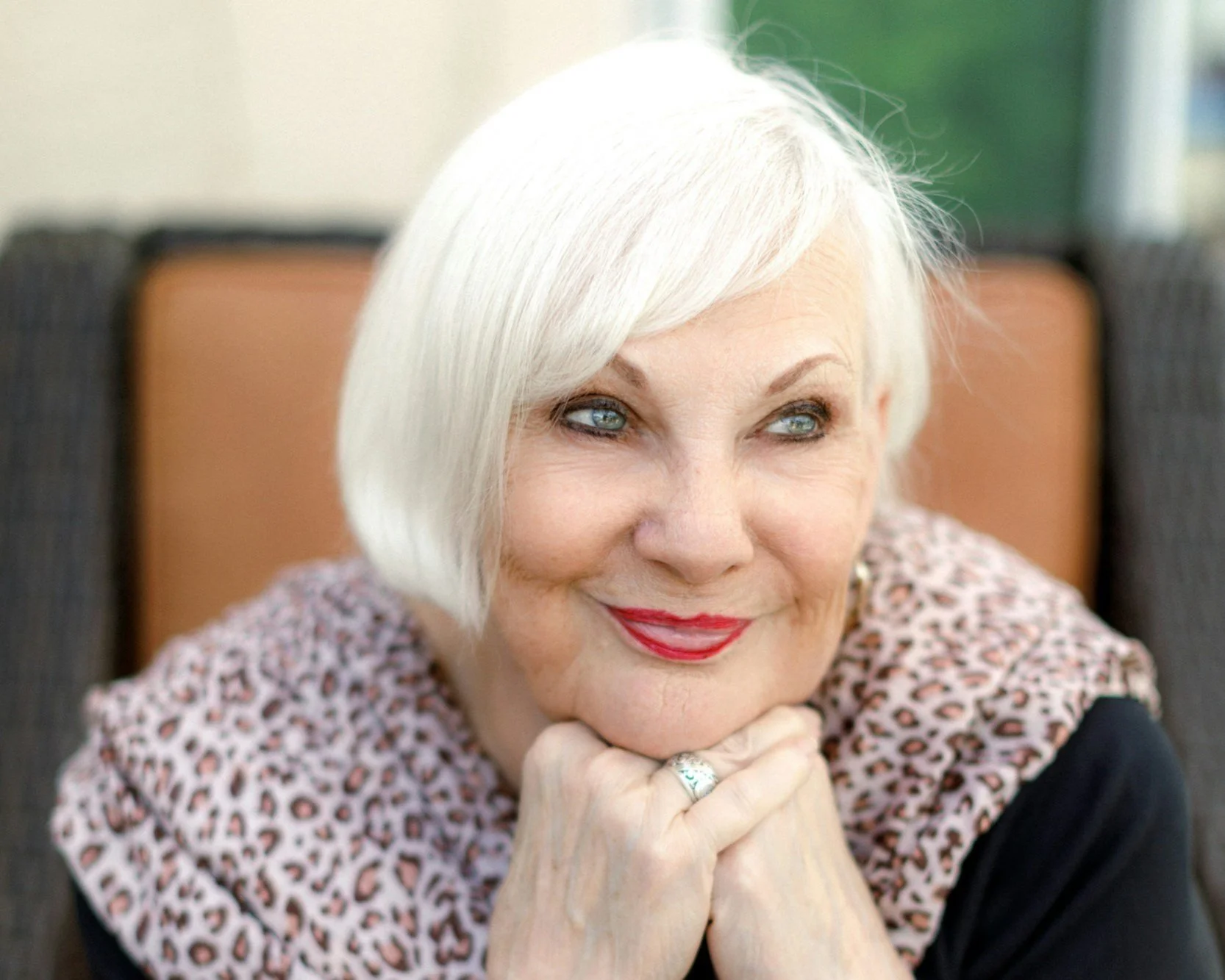Podcast Turns Eye on Innovation
Pi’s Greg Hunteman and Sam Swinbank recently appeared on Raising Tech, a Bridge The Gap podcast, talking about technology and new construction with host Amber Bardon, PMP, CEO at Parasol Alliance. The trio enjoyed a thought-provoking discussion.
Clearly, technology in senior living has never been more important or innovative. From tech that enables residents to age in place safely to devices that let residents receive care, communicate with family and friends, and shop, work, and enjoy activities remotely, senior care tech is gaining momentum.
While new builds slowed during the pandemic, Hunteman said, technological innovations and proliferation didn’t. “The desire to connect with people remotely really amped up the marketability of communities, whether they’re trying to continue to fill up or maintain occupancy in the existing buildings,” he said. “Technology didn’t quite take the hit that new construction and significant repositioning did.” He observed that in the past few months, his company has seen positive movement on new projects in several states; and technology will be a prime consideration in each of them.
Wellness and Tech
“People have realized through the pandemic that the wellness of residents is critical,” said Hunteman. The isolation that many experienced during quarantines was devastating for older adults. “They really need that socialization, the integration with other people,” he observed. He explained that numerous studies show that the lifestyle and the social engagement that people have is just as critical as genetics and it significantly improves residents’ satisfaction with their communities and their quality of life. Tech, he said, plays a key role in all this.
The opportunities are nearly endless, and Swinbank talked about some of these. “One is that technology has finally evolved to the point where it can increase resident wellness and satisfaction without requiring more time and touch from staff. Software platforms like K4Connect, Care Merge, and Caspar are using artificial intelligence and knitting together ‘internet of things’ devices such as relatively new smart witches that have integral motion sensing to create reporting on whether a resident is moving around their apartment normally and if they’ve fallen.”
Of course, with innovation comes challenges. Hunteman said, “I think the biggest challenge we’ve seen is that technology evolves quickly and rapidly becomes indispensable.” Constant vigilance is necessary to keep up with what is new, what is promising, and what is or is becoming obsolete.
Varying Views
While everyone generally agrees that technology plays an essential role for residents and staff alike, there are different views on what technology is considered essential or a luxury in senior living. Swinbank said, “We have some clients that are looking to provide technology for everyone. We have others who see it more added value, separating out costs and making various tech amenities optional.” As more communities make technology available, more seniors will be exposed to it and come to see it as important if not essential. “I think as more communities provide these innovations, the more residents and their families will expect it,” Swinbank said.
Hunteman and his team at Pi are happy to lead the way with tech in senior living. “We really want to start from day one. When we start programming the building, we really want to think through everything. We want to figure out how we have the connectivity, not just of the building spaces but of the technology and how it flows through a building.” Swinbank added, “It’s important to think about what we informally call the data backbone of the building. How is data going to move around from room to room, to wireless access points, and through a robust wifi network to get to the residents? It’s important to think in the early stages of planning about how you’re going to accommodate a wide data backbone for these buildings with increased technology.”
Once communities have the smart home technology, he suggested, they can sell the socialization, the clubs and activities, the interactions, and the opportunities and how the technology connects them to all of these.
Promote Personalization
Ultimately, said Hunteman, “You want technology to be as personalized as possible. From the moment a resident or prospective residents walks in the door, we talk about how they can be engaged according to their own interests, tastes, and preference.” He added, “In these communities, nobody wants to go to the same place every day. You want a variety of options. Even if you do go to the same place because you want to, it’s nice to know you have choices.”
As more baby boomers enter senior living, suggested Swinbank, they increasingly will want cutting-edge technology as part of their daily lives. “They have largely adopted technology. They a have a smartphone, and many have wearables like a Fitbit or Apple watch,” he said. They’re going to expect technology in their senior living communities, he indicated, in a way that is consistent with what they already have or what they want.
Click here to listen to this podcast and more cutting-edge insights from Hunteman and Swinbank or to other Bridge The Gap programs.
Contact us here or call us at 512-231-1910.

